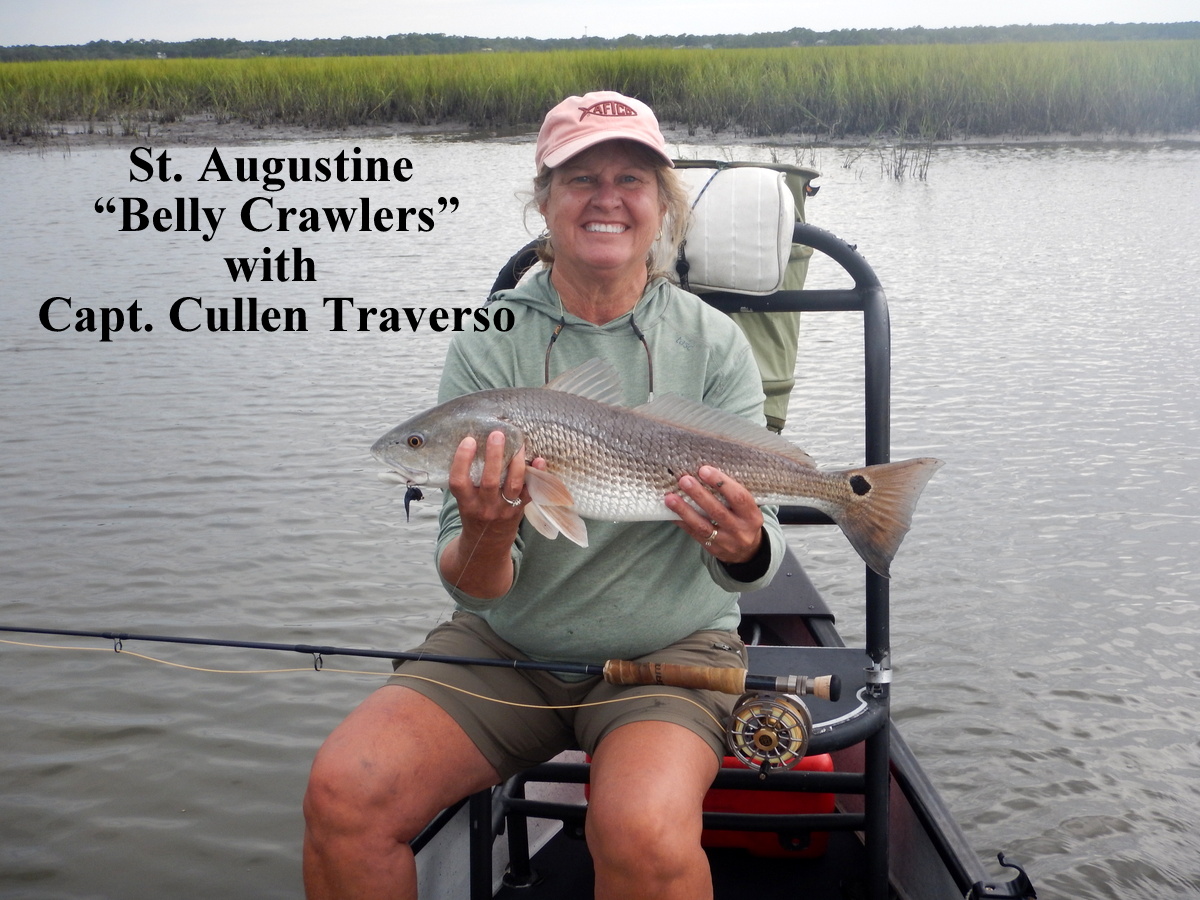
Fly Fish Black Creek On The Fly Freshwater
by Jim Casada
Photos by Jimmy Jacobs
February 2020
A number of storied streams course through the Great Smoky Mountains National Park. They enjoy renown thanks to factors such as the one-time human presence; colorful residents such as Granville Calhoun, “Black Bill” Walker, and “Boogerman” Palmer; or the breathtaking beauty of Cataloochee or Cades Cove. From the sportsman’s perspective though, arguably no stream in the GSMNP rivals Deep Creek.
Originating in the shadow of Clingmans Dome and wending in a generally southward direction until its confluence with the Tuckaseigee River just above Bryson City, Deep Creek is a stream of anglers’ dreams. Two of the grandest characters of a region rich with sporting lore, “Uncle” Mark Cathey and Sam Hunnicutt, called its steep ridges and deep hollows home. They lived within a half mile of one another, with Cathey’s home being on Indian Creek, Deep Creek’s largest feeder, a short way above where it entered the main stream, while Hunnicutt lived at the mouth of Hammer Branch, only a couple hundred yards up the main creek.

The trail junction at the mouth of Indian Creek.
Cathey is a legendary fly fisherman known for his “dance of the dry fly,” rapier-like wit, and storytelling abilities. Hunnicutt was equally colorful (he wore knee-high boots year-round thanks to having been struck by a rattlesnake as a young man) and wrote the first book containing appreciable coverage of trout-fishing opportunities in the Smokies, Twenty Years Hunting and Fishing in the Great Smoky Mountains (1926). They shared countless adventures in the Deep Creek drainage, frequently using the rough cabin known as the Bryson Place as headquarters, and to follow in their footsteps is to wade waters of wonder. A noted angler quoted by Jim Gasque in another early book on the region, Hunting and Fishing in the Great Smokies (1948), describes it as “the grandest stream in the Smokies.” A modern writer on Deep Creek who has become something of a cult figure since his death, Harry Middleton, in On the Spine of Time (1991) describes it as “probing endlessly through my mind and imagination, as though it were a totem of every trout stream I have known.”
Fortunately, it is possible to enjoy this heralded and historic stream, and with its many faces Deep Creek offers something to appeal to almost every angler. For starters, its name is a misnomer. Over the entire course of its drainage there are, at most, no more than a half dozen pools with depths over the head of an average-sized man. Instead, the creek features a dandy blend of riffles and pocket water, with just enough larger holes to give it diversity and character. Moreover, it offers both ready access and the opportunity to be truly back of beyond. From the parking area a few hundred yards upstream of the GSMNP boundary line until it leaves the stream’s Right Fork and heads steeply upward to Highway 441 just under two miles from Newfound Gap, the Deep Creek Trail stays quite close to the east bank of the stream.

Casting to a run on Deep Creek.
There is one major exception, a major curve in the stream’s flow known as Bumgarner Bend. Here, if one starts at the Bumgarner Branch backcountry campsite and makes his way upstream, there’s a full day of fishing through a gorge-like area where the trail lies far away up a steep ridge. Even more remote, thanks to being entirely off trail, is the Left Fork of Deep Creek. It is accessible only by bushwhacking, but once on the stream it is surprisingly open, thanks to periodic downpours which scour its banks. Here the energetic fisherman is virtually guaranteed the splendor which comes with solitude. Nor should those who consider a perfect day to be one where they never see another angler overlook the major feeder streams. From easily accessible Indian Creek to remote Pole Road, Nettle, Cherry, Beetree, and Sahlee creeks, there are options aplenty for the short casts and precision small streams of the Smokies typically demand.

Deep Creek’s tributaries are alive with colorful rainbows.
In essence, there are two ways to approach Deep Creek. One is day trips, and the simple factor of distance means they limit one’s scope of activity to the stream’s lower reaches, with a day on Bumgarner Bend being pretty much the outer limits of options (it will involve close to ten miles of hiking in, fishing, and then trekking out) even for the fittest of anglers. Yet many storied stretches of Deep Creek, such as the Jenkins Fields a mile above the trailhead, or the short gorge which begins at the mouth of Hammer Branch, are easily reached.
The second option, and it is one every lover of wild places in general and the Smokies in particular should experience, is backpacking in for a multi-night stay using one or more of the seven designated backcountry campsites located along the drainage. If you have sufficient time and energy, it is even possible to make your way down the stream, switching campsites every couple of nights, from the uppermost one (Poke Patch) all the way to Bumgarner Branch and from there out to the lower trailhead.

Brown trout are more common now in Deep Creek than in earlier years.
As a boy I cut my fly-fishing teeth on Deep Creek and Indian Creek, and they have remained my home waters through all the ensuing decades. Some things have changed. Brown trout are far more numerous than was the case in the 1950s and 1960s. Nature’s healing hand has gradually erased most vestiges of the one-time human presence, and what were once open fields now host mature stands of poplar and other succession trees. But a key constant remains. Deep Creek continues to be a first-rate wild trout fishery. It’s more technically demanding than a number of GSMNP streams, but when trout are on the prod in the bright days of May or feeding actively ahead of coming cold times on an Indian Summer Day in October, to follow in the footsteps of Uncle Mark Cathey and scores of other grand fishermen is to enjoy time in piscatorial paradise.
Editor’s Note: Jim Casada’s award-winning book Fly Fishing in the Great Smoky Mountains National Park, covers Deep Creek and every other stream in the GSMNP in detail, and his latest work, A Smokies Boyhood and Beyond: Memories, Musings, and More, is scheduled for publication later this year. To order books, subscribe to his free monthly e-newsletter, or learn more about his work, visit jimcasadaoutdoors.com.






